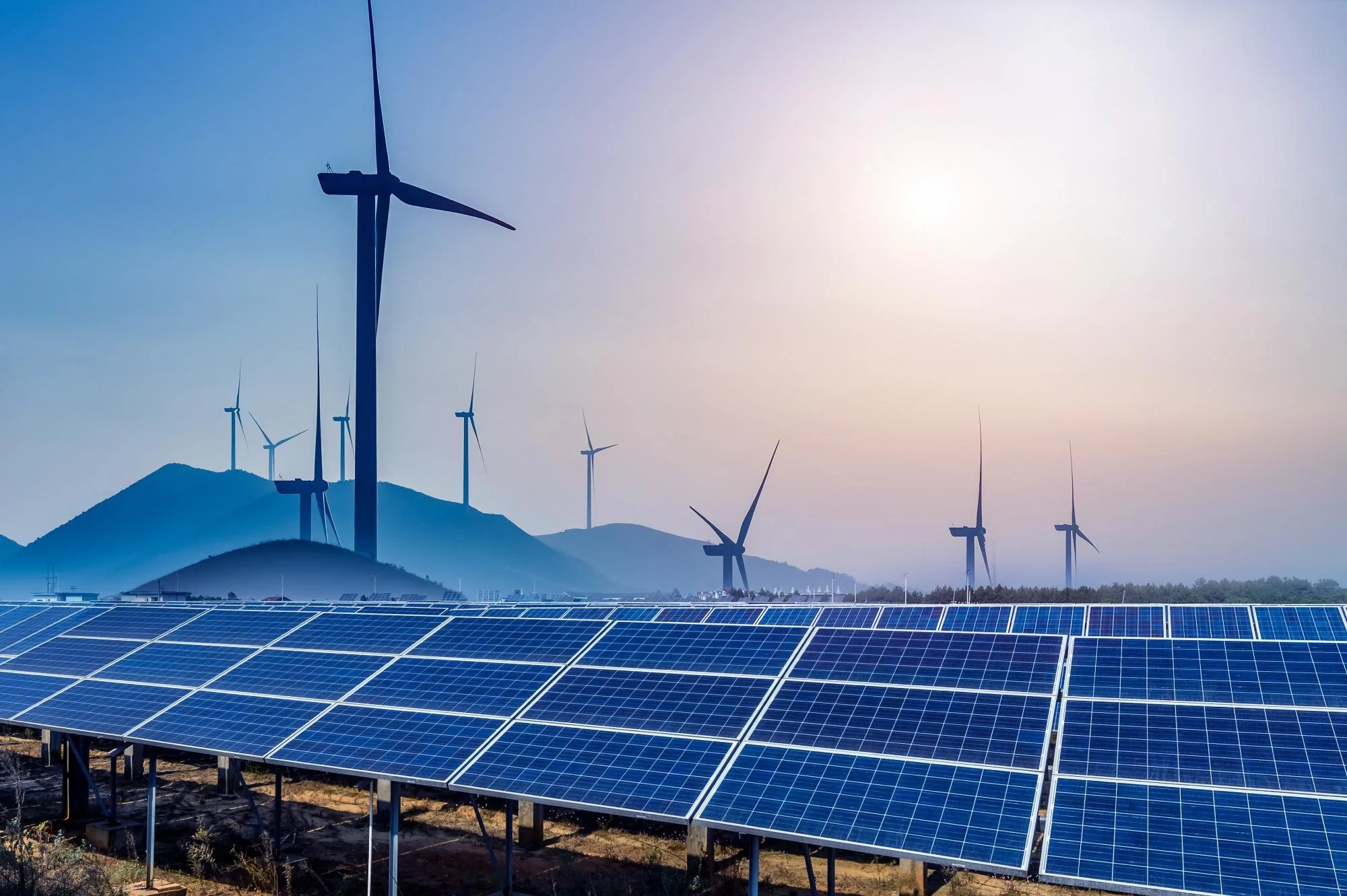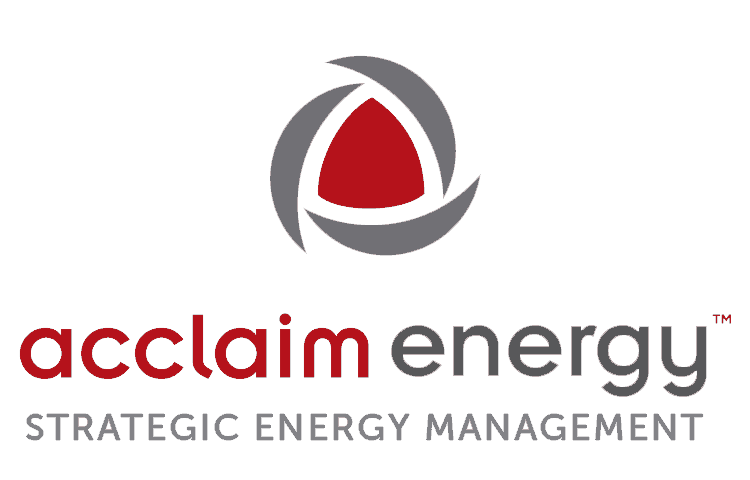Distributed Generation and The Solar Panel Dilemma

Meeting international targets on climate change and clean energy generation will require the solar PV industry to grow on an unprecedented scale, and to achieve this goal will require a significant expansion of the manufacturing capacity of the components, which are raising concerns to rapidly develop resilient global supply chains capable of meeting the growing demand.
These annual additions of solar PV capacity to electricity systems will need to quadruple by 2030 to be on track if we are to reach the proposed net-zero emissions by 2050.
In August of this year, it was revealed that new large-scale solar power installations were 20 percent behind scheduled times due to the solar panel supply chain, among other issues, according to the U.S. Department of Energy’s Energy Information Administration (EIA). For reference, before the Covid-19 pandemic, the average delay was less than 12 percent.
The utility scale developers had planned to install 17.8 GW of new large-scale solar PV generation capacity in 2022, according to the EIA’s June 2022 Preliminary Monthly Inventory of Electric Generators. However, during the first half of the year, only 4.2 GW of capacity were connected.
The global production capacity of the key components of solar panels – polysilicon, ingots, wafers, cells, and modules – need to be expanded from current levels and in many cases existing production facilities would need to be modernized.
Today, China, due to its policies has focused on expanding the production and markets of solar panels so solar PV can become a more affordable electricity generation technology internationally, but at the same time it has caused imbalances in the supply chains of solar PV globally, according to the International Energy Agency’s special report on global solar PV supply chains.
Over the past 10 years, global solar panel manufacturing capacity has been moving to China, which has taken the lead in terms of investment and innovation, displacing Europe, Japan, and the United States in that ranking. Thus, the challenges in China are having a profound impact on pricing and supply chain issues around the world.
What are the key elements that explain the increase in price.
According to the report, China’s share, in all key phases of solar panel manufacturing, exceeds 80% at present, and in the case of key elements, such as polysilicon and wafers, it is projected to increase to more than 95% in the coming years, based on the current manufacturing capacity under construction.
Not long ago, we thought that the trend in the gradual decrease in the prices of photovoltaic modules were going to be a constant, the price graphs at least indicated it was expanding its manufacturing capacity at a very good pace and demand was having a positive effect. However, when COVID-19 arrived and manufacturers began to suffer from cost overruns, temporary closures of plants and shortages of raw materials, delays occurred creating pricing and logistical problems.
For example, in July 2020, the price of polysyllium a critical component of a solar wafer stood at US$7/kg, right now it is over US$42/kg, which has had a profound impact on the cost of production.
In relation to the shortage of solar glass, which accounts for about 20% of the total cost of the solar module, it can be related to the almost paralysis of the subsidies granted by the Chinese government for its manufacturing, as a result, the supply has been reduced when its demand has been increasing.
Each solar panel manufactured contains about 20 grams of silver, which is used due to its large conductive capacity, and typically accounts for about 7% of the total cost of the element. The silver price trend has found its support due to its increasing use in industrial environments, which accounts for about half of the annual demand for the metal. However, the price of silver soared from US $18 per ounce to levels of US $28 per ounce in mid-2021. Since then, its price has been fluctuating with significant ups and downs and right now it is above levels of US $19.50 per ounce. This year it is expected to end up with a 5% increase in demand for industrial use over 2021.
In addition, solar panel assemblers have also seen the price of ethyl vinyl acetate (also known as EVA rubber), whose cost accounts for about 10% of the module, increase during the first half of 2022 in the North American and European markets. However, in China it was the opposite, it fell in the same period, mainly motivated by the constant and stable supply of natural gas as a raw material from Russia to China.
Finally, aluminum, which can represent up to 17% of the cost of each solar panel, in July 2020 sold per ton for US $1,600. It reached a peak of US $4,000 in March of this year and has since been gradually declining, but it has not been able to break the support of US$2,200 registered this September of 2022.
Consequences and reaction.
For all the above, many companies, governments and other stakeholders around the world have begun to pay increasing attention to solar PV supply chains, as high raw material prices and supply chain bottlenecks have led to around a 20% increase in solar panel prices over the past year. Everything seems to indicate that this trend could continue for the rest of this year and all of 2023, and it will not be until 2024 when its believed that some of the measures being implemented by to help the industry improve supply chain and manufacturing will begin to be felt.
An example of this is the United States, where in August of this year, President Biden signed the Inflation Reduction Act, which he himself called “the most aggressive action ever taken to combat the climate crisis”. Is this bill he has committed to spend $369 billion dollars as an incentive for the generation of clean energy and reduction of greenhouse gases.
According to the EIA, the country has the capacity to produce materials such as metallurgical-grade silicon, polysilicon, steel, aluminum, resins, frames, and assemblies, all important solar panels ingredients, however, there are significant gaps in the supply chain as they do not have the capacity for the manufacturing of bullion, wafers or solar cells and only a modest capacity to produce solar modules, inverters and trackers; so $60 billion of those dollars will be allocated to boost installed capacity and help reach their goals.
Apparently, in Mexico there are no big plans underway as we look to grow the capacity of small-scale solar generation (<500 kW) due to regulatory limitations, therefore, large energy consumers contemplating having distributed generation in their facilities need to consider these macroeconomic trends, as they could impact the financial performance with which their project is being evaluated. Even with the increases in the components of the systems and the time required to have the return on investment extended, the savings that could be obtained may still make it attractive and justified. We recommend making an additional evaluation to incorporate battery banks into these projects, since in some specific cases they can make it even more attractive, not only for the economic result, but also for the fulfillment of ESG goals and criteria.
At Acclaim Energy Mexico we are in the best position to advise you and help you develop a strategy to implement these projects. Visit our website at www.acclaimenergy.com.mx where you can contact one of our energy experts for additional insights on this important subject.
Bonus Section: Additional Solar Panel Technical Description and Terminology
While the article above provides a rational for the current market challenges, we thought some readers might appreciate additional details regarding the core elements involved in the production of solar panels.
1) Extraction and purification of polysilicon: Quartz or silicon dioxide (SiO2) is heated up to 2,000 degrees Celsius by combining it with a reducing agent (Carbon) to obtain metallurgical silicon with a purity close to 99%. Then, it is extracted in high purity lyce at 99.999% (solar grade) typically through the Siemens process, which is achieved by reacting the metallurgical grade silicon with a solution of hydrochloric acid (3HCI), obtaining trichlorosilane (SiHCl3), which is a form of silicon gas, which condenses and distills. This process consumes a lot of energy, is a discontinuous process and has a low performance per unit.
2) Ingot casting: Silicon or solar grade material is melted in a crucible under controlled cooling. After some time, the crystal-liquid interface moves upwards from the bottom of the crucible to obtain an ingot or bar of Si crystal.
3) Wafer production: the peripheral section of the ingots is cut to obtain cubic ingots that are laminated using multi-thread saw machines. Wafers that have a thickness of 100 to 500 micras and dimensions of 100 to 200 mm2 are preferred. Approximately 30% of silicon is wasted as a shear loss in the form of waste during this process. Wafer manufacturing accounts for about 30% of the cost of the solar cell.
4) Solar cell production involves selecting high-quality wafers and doping them with impurities for the purpose of modulating their electrical and structural properties, followed by heating. Carefully metallic contacts are given on the front and back sides.
5) Formation of photovoltaic modules: Solar cells with similar characteristics are selected and welded together. A polymer, ethylene vinyl acetate (EVA) sticks to the entire set of welded solar cells to protect it from moisture. A sheet of transparent glass is placed over the front of the panel to protect it from dust and stones. Since the reflectivity of the glass is high, an anti-reflective layer of titanium dioxide (TiO2) and film (Si 1-xNx) is applied under the glass. The back of the photovoltaic panel is covered with polyvinyl fluoride polymer (PVF) commonly known as Tedlar to resist the attack of chemicals, oils, and stains. The module is then subjected to different tests before being packed or for shipment to its destination.




